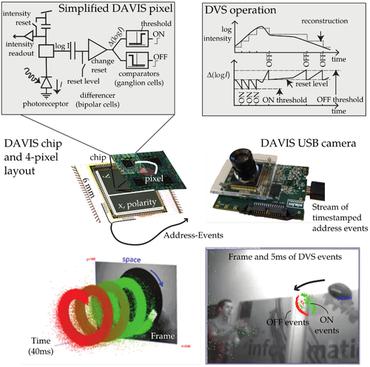HALSIE: Hybrid Approach to Learning Segmentation by Simultaneously Exploiting Image and Event Modalities
Event cameras detect changes in per-pixel intensity to generate asynchronous `event streams'. They offer great potential for accurate semantic map retrieval in real-time autonomous systems owing to their much higher temporal resolution and high dynamic range (HDR) compared to conventional cameras. However, existing implementations for event-based segmentation suffer from sub-optimal performance since these temporally dense events only measure the varying component of a visual signal, limiting their ability to encode dense spatial context compared to frames. To address this issue, we propose a hybrid end-to-end learning framework HALSIE, utilizing three key concepts to reduce inference cost by up to $20\times$ versus prior art while retaining similar performance: First, a simple and efficient cross-domain learning scheme to extract complementary spatio-temporal embeddings from both frames and events. Second, a specially designed dual-encoder scheme with Spiking Neural Network (SNN) and Artificial Neural Network (ANN) branches to minimize latency while retaining cross-domain feature aggregation. Third, a multi-scale cue mixer to model rich representations of the fused embeddings. These qualities of HALSIE allow for a very lightweight architecture achieving state-of-the-art segmentation performance on DDD-17, MVSEC, and DSEC-Semantic datasets with up to $33\times$ higher parameter efficiency and favorable inference cost (17.9mJ per cycle). Our ablation study also brings new insights into effective design choices that can prove beneficial for research across other vision tasks.
PDF Abstract





 DDD17
DDD17
